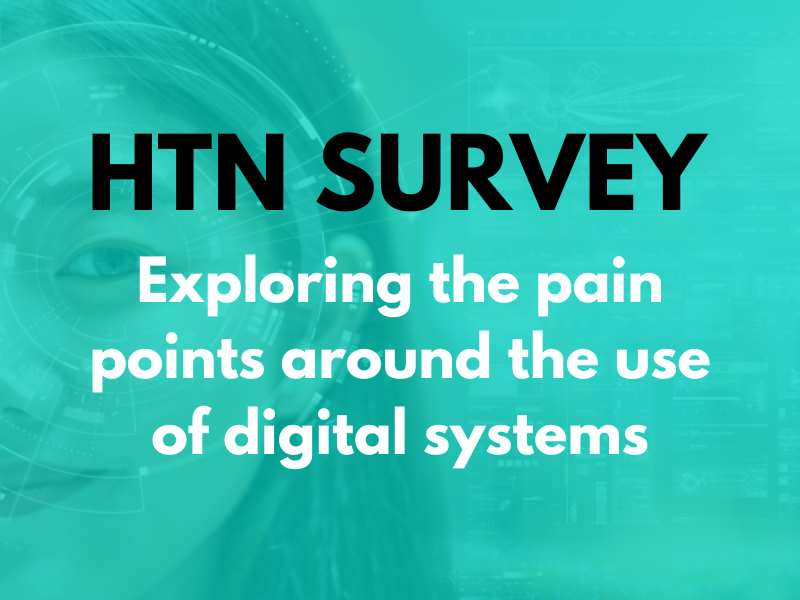The Roslin Institute, a research centre at the University of Edinburgh, has developed a model to predict heart attack risk by studying retinal images of Biobank data from participants who experienced a heart attack.
Scientists calculated the model using branching patterns of retinal blood vessels, using data from the UK Biobank, which holds data such as demographical, epidemiological, clinical, imaging and genotyping from more than 500,000 participants across the UK.
The research highlights how assessing blood vessel patterns in a person’s retina, combined with study of their genetic data, can enable an accurate prediction of their risk of coronary heart disease and attack. Nine genetic regions were discovered to be driving retinal blood vessels patterns, with four of those regions known to be involved in cardiovascular disease genetics.
The new model used factors such as age, sex, blood pressure, body mass index and smoking status to calculate risk. The researchers suggest the tool is better able to classify low or high risk of heart attack than the established models, and was further improved when a score related to the genetic propensity of developing heart attack was included.
The discovery could inform the development of a simple screening process which could calculate a person’s heart attack risk when they undergo a routine eye test.
The findings may also be useful in identifying an individual’s propensity to other diseases, as variations in retinal vascular pattern also reflect the development of other ocular and systemic diseases such as sight loss linked to diabetes and stroke. The researchers believe that every condition may have a unique retinal variation profile and hope to explore this in the future.
Ana Villaplana-Velasco, PhD student at the Usher Institute and Roslin Institute, said: “We already knew that variations in the vasculature of the retina might offer insights into our health. We found that simplified vessel branching patterns is related to coronary disease and hence heart attack. Our work once more shows the importance of comprehensive analysis of data that is routinely collected and its value in the further development of personalised medicine.”





